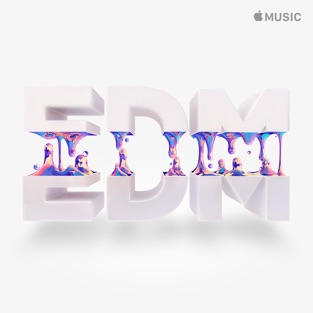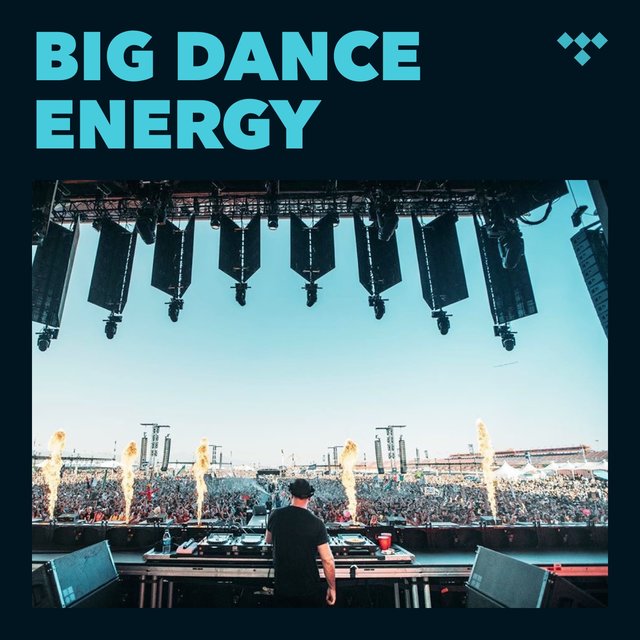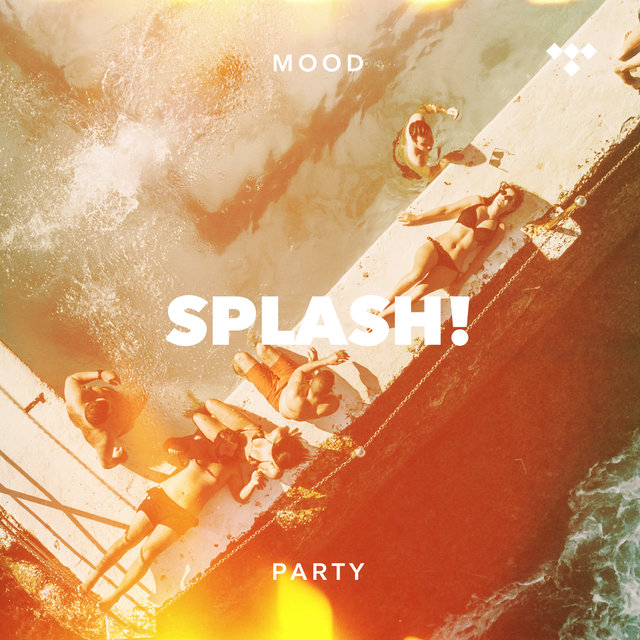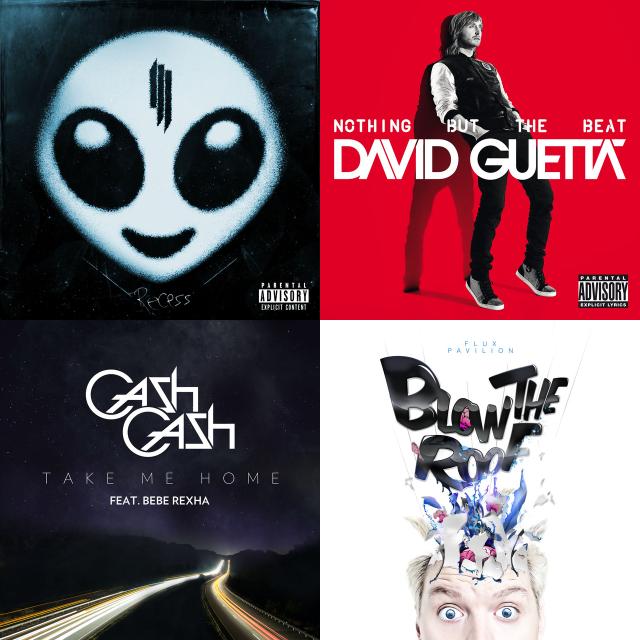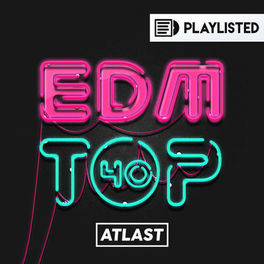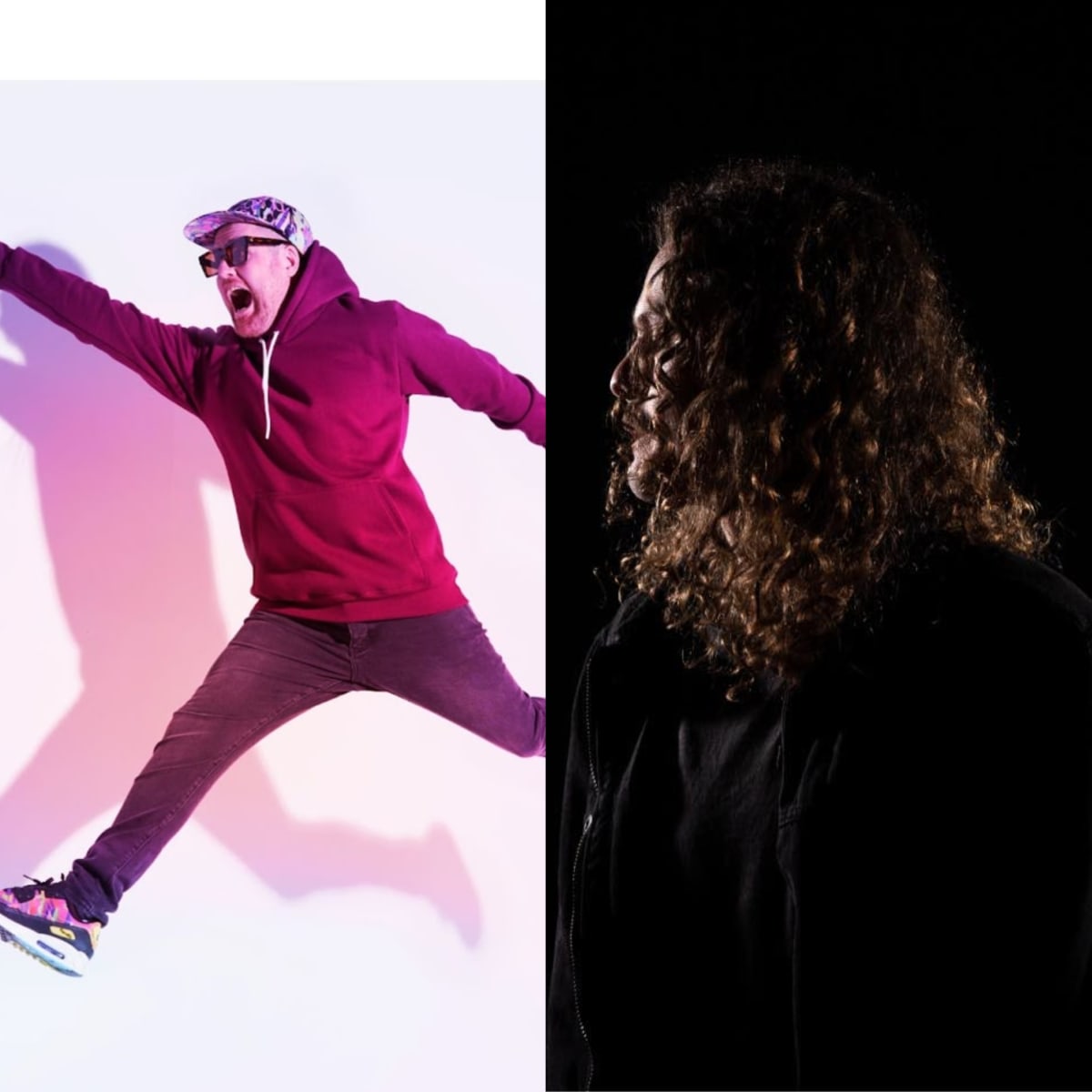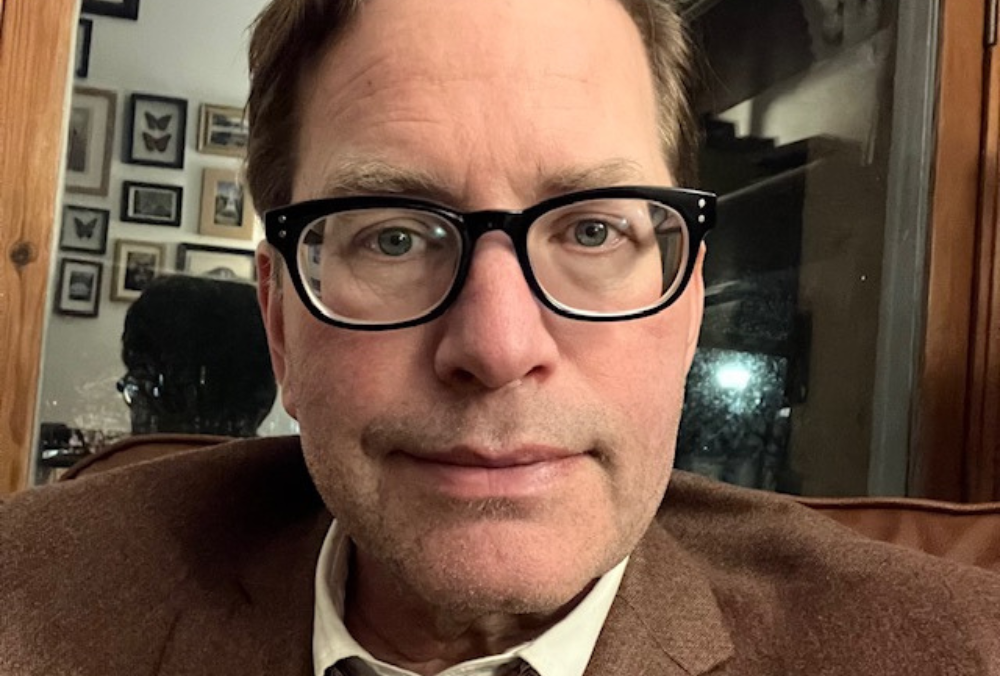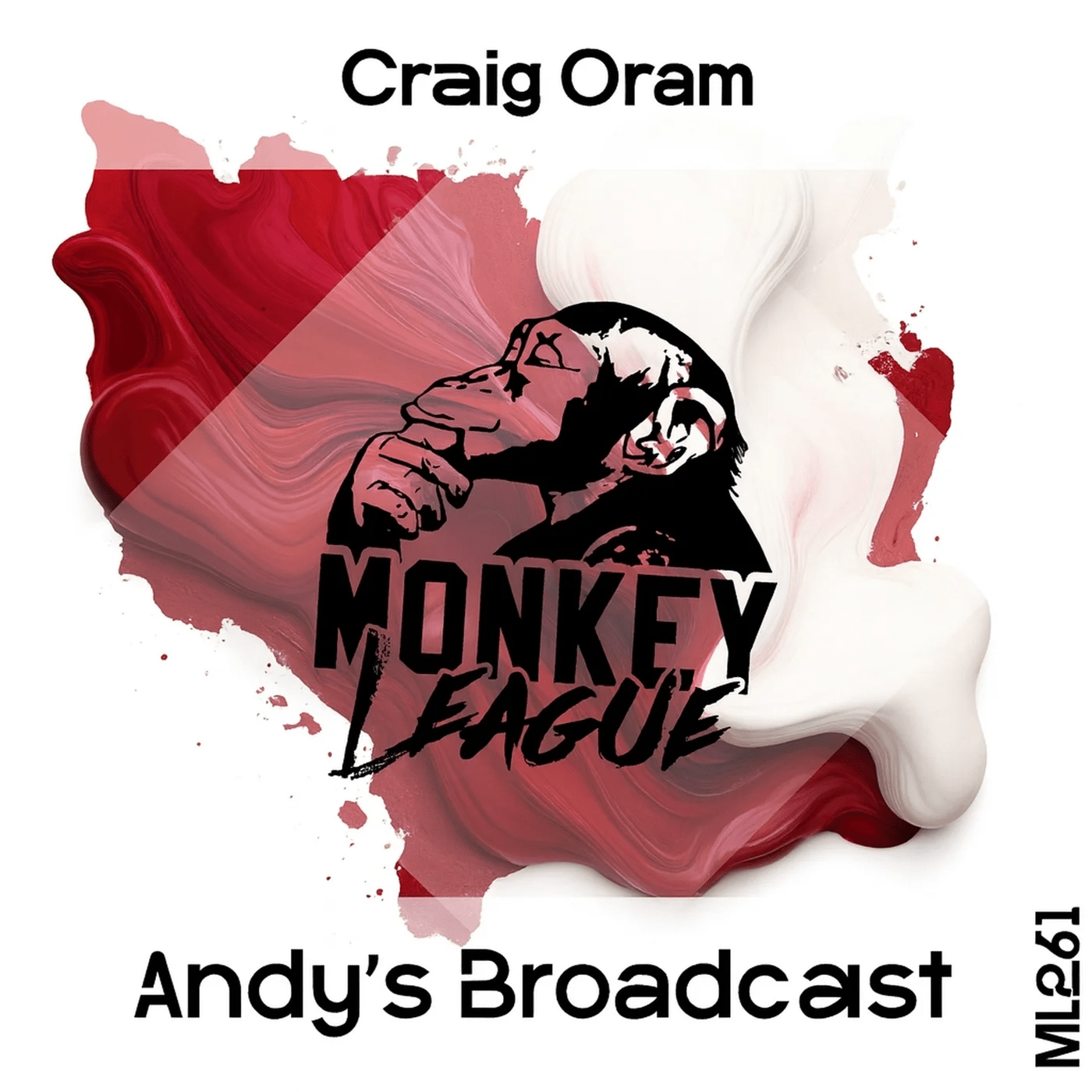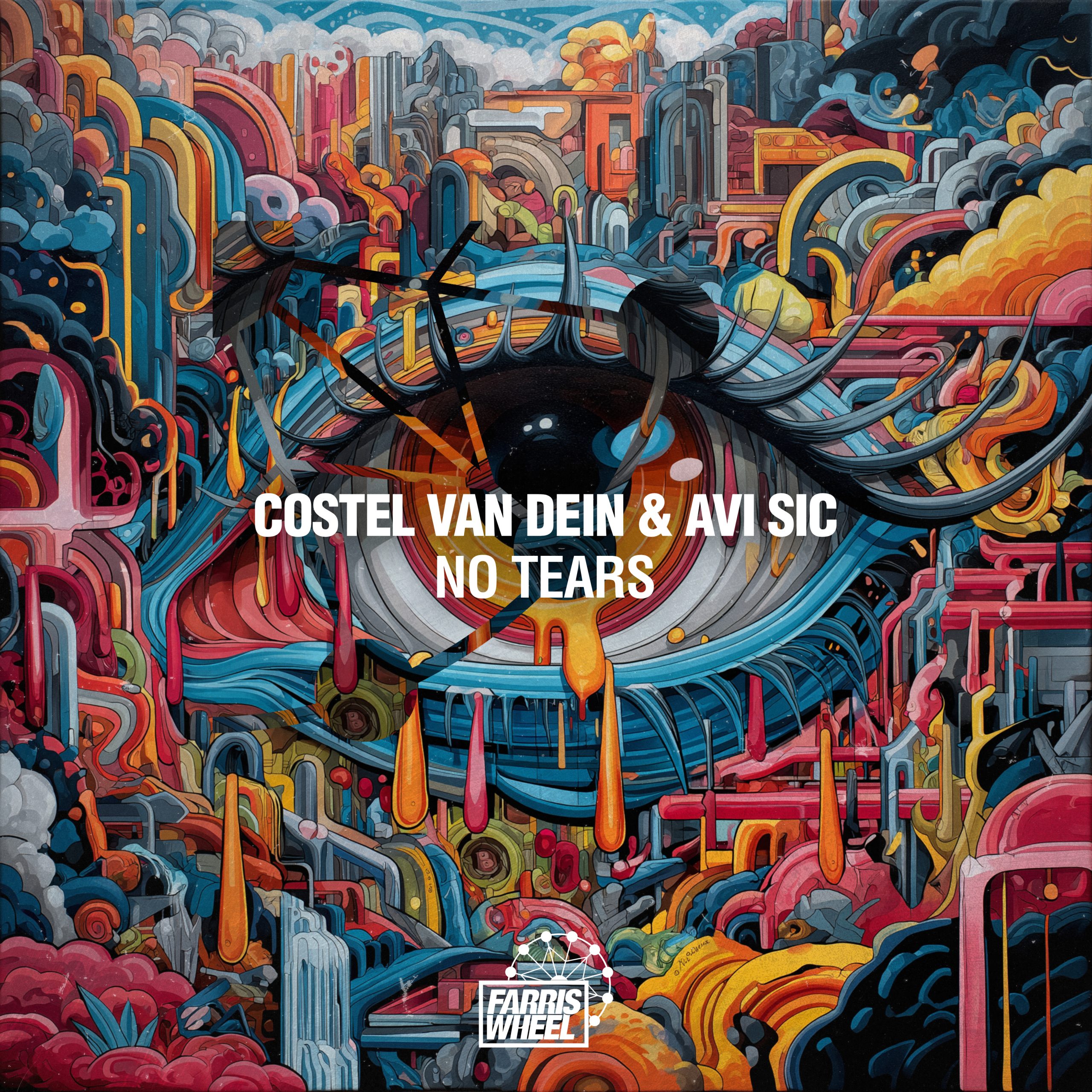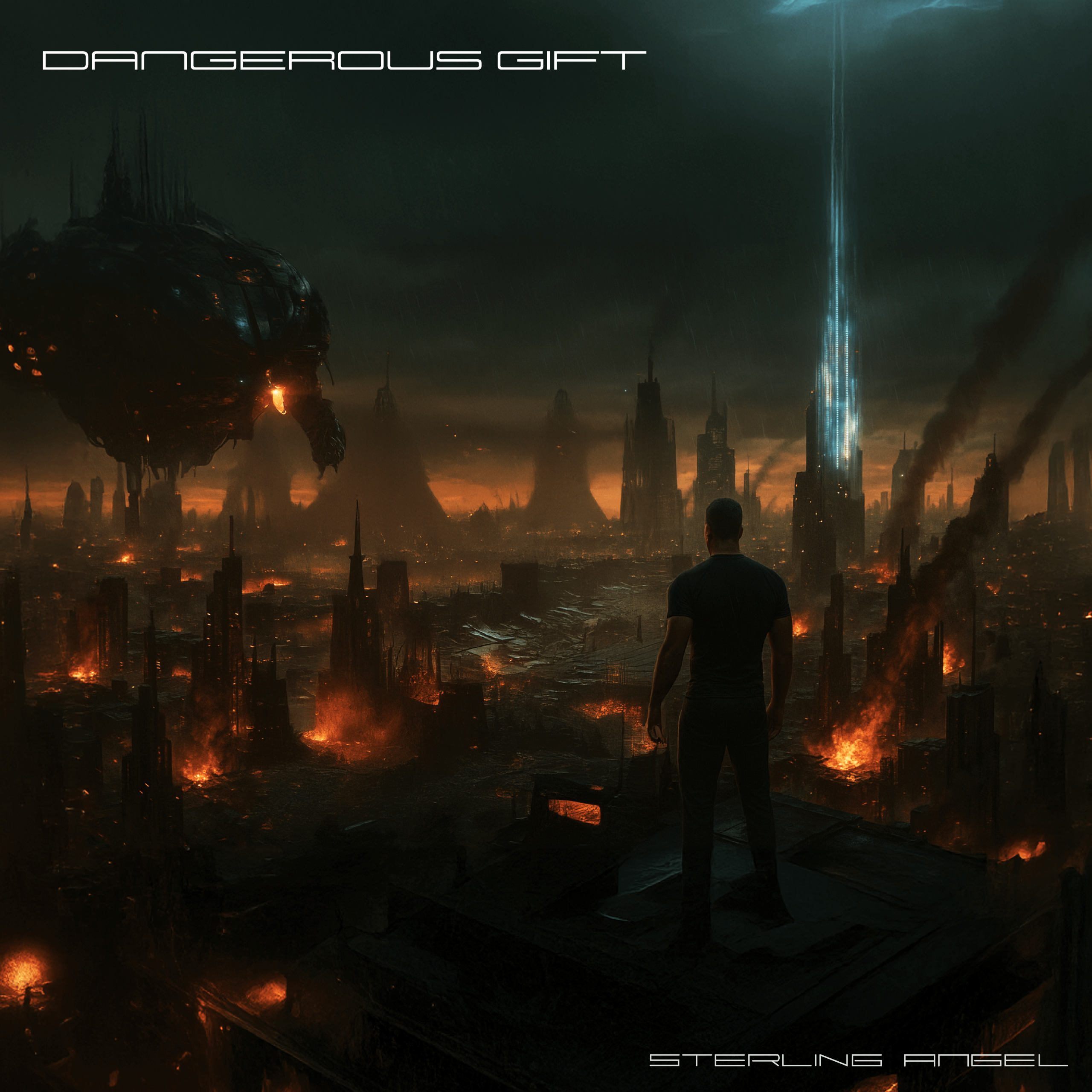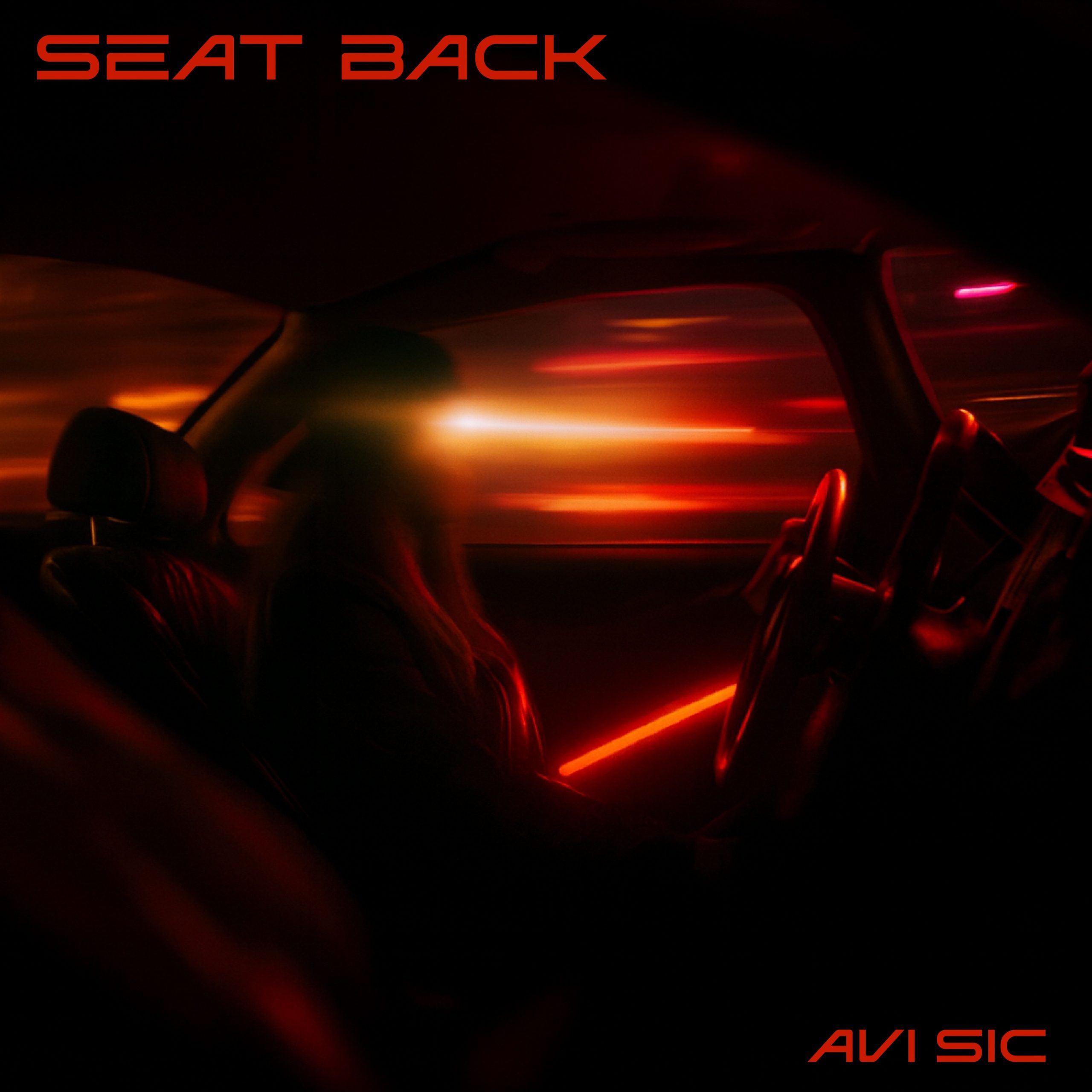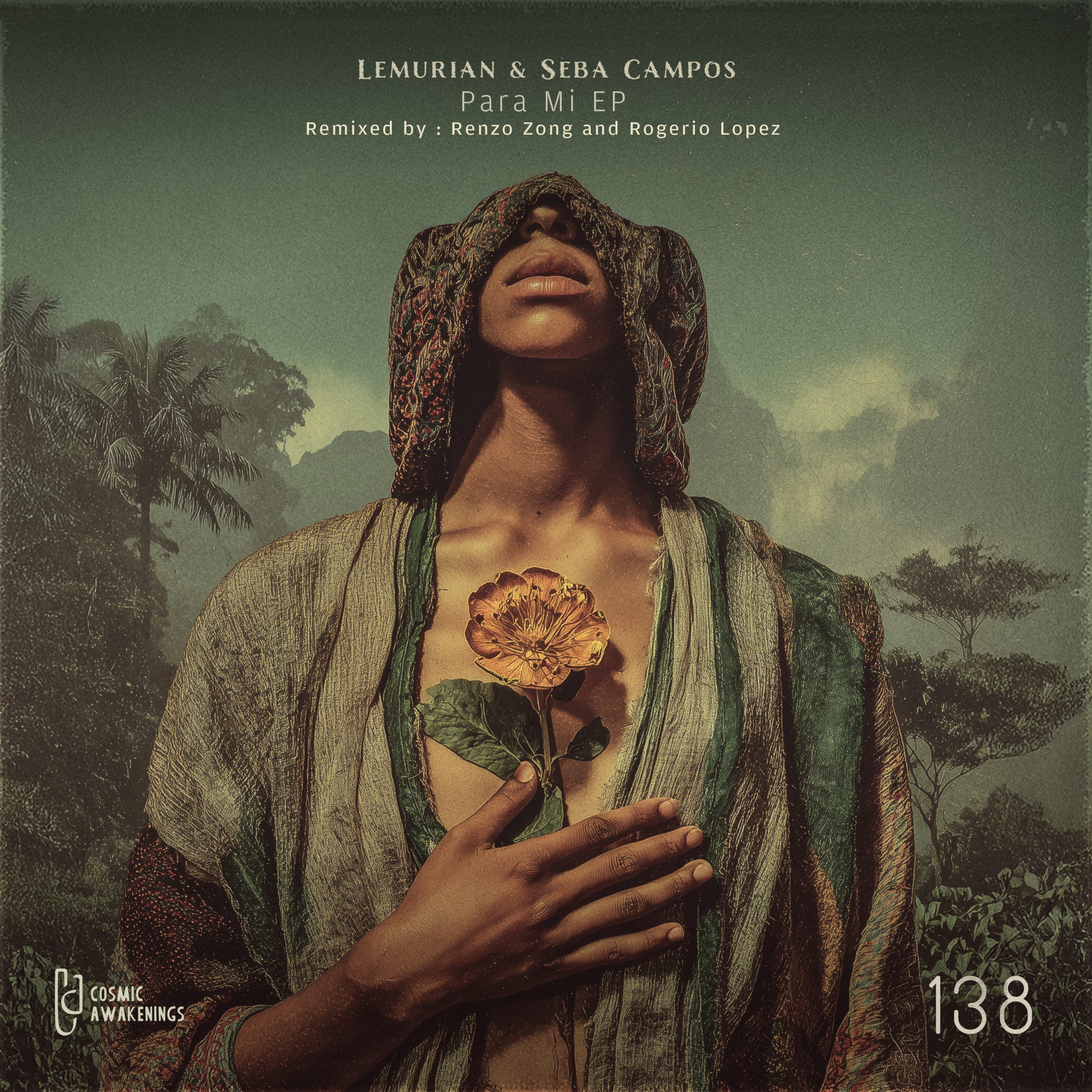Stardust and Sweat: Inside the Knife-Edge Development of Coachella’s Quasar Stage With Its Designer
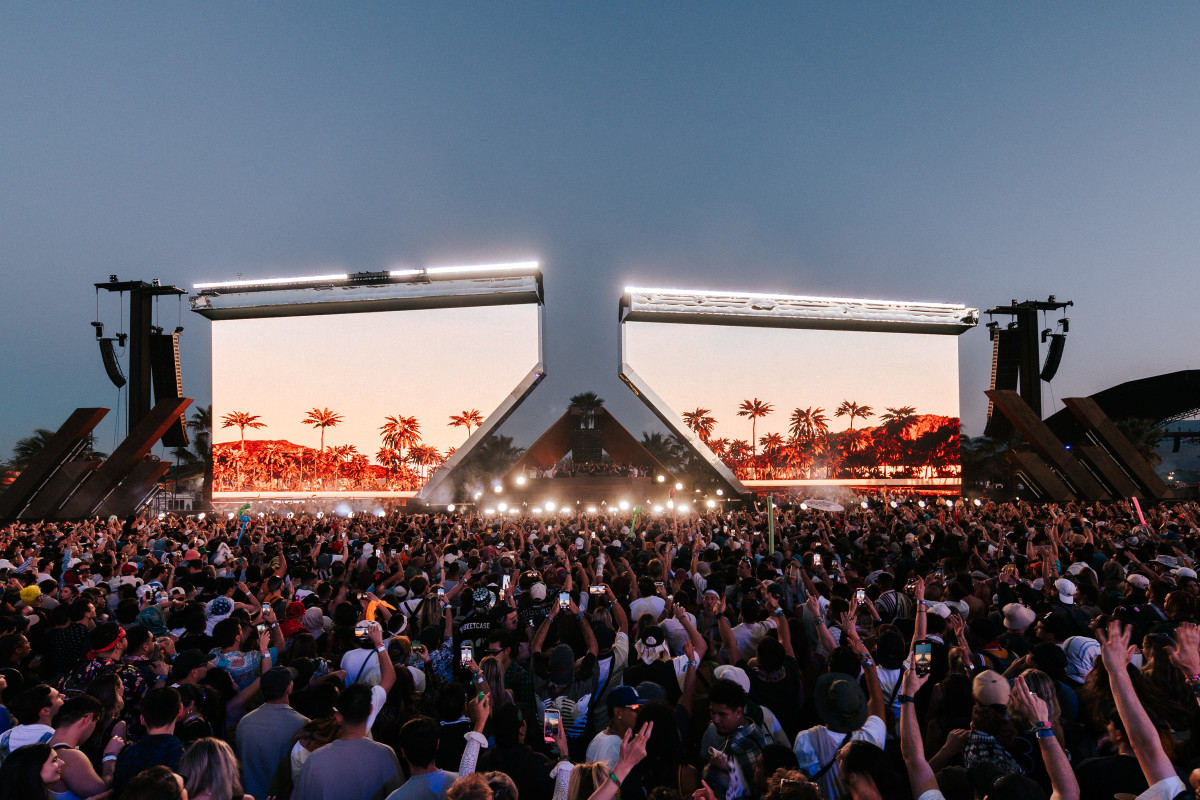
For the idealistic minds behind the producers of music festivals, one question often gnaws like a spider in the brain: can a stage be more than just a platform?
For Heather Shaw, it's a resounding "yes." Shaw is the designer of Coachella's brand-new Quasar stage, which propelled electronic dance music as one of the iconic festival's biggest draws in a year teeming with unforgettable rave moments.
As the founder and CEO of Vita Motus Design Studio, Shaw has executed phantasmagoric stages for EDC, Electric Forest and Lightning in a Bottle, among other major festivals. She also made history in 2022 as the first female lead production designer for the MTV Video Music Awards.
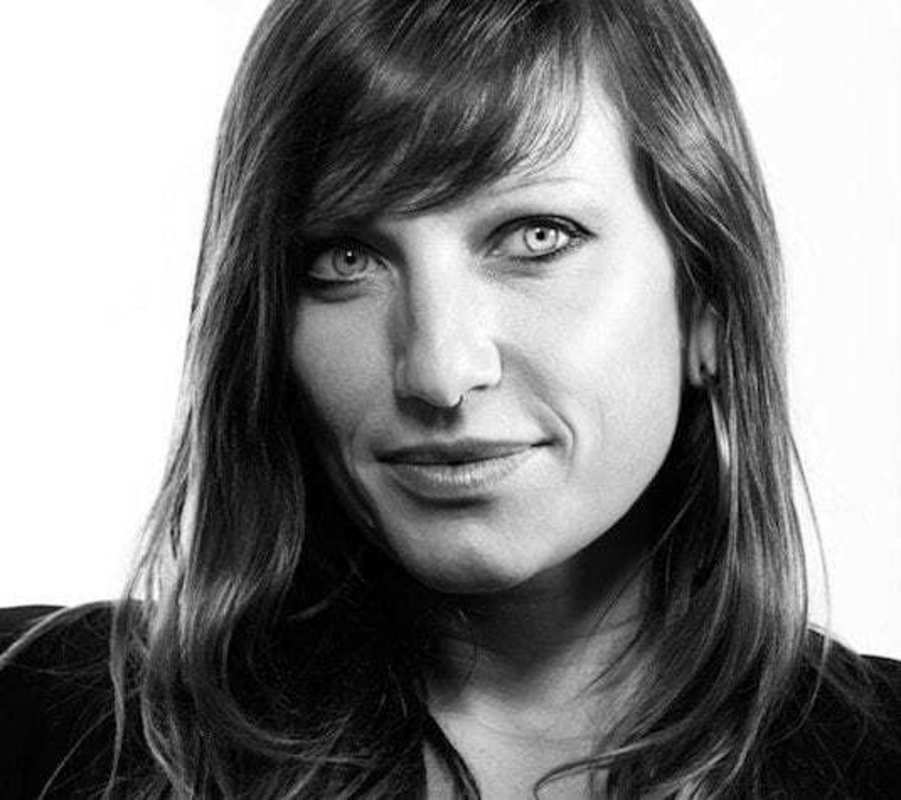
Vita Motus Design Studio
But she found herself in a pressure cooker ahead of Coachella, the nation's quintessential music festival. In a whirlwind three-month design sprint, Shaw manifested a universe in the festival's hallowed desert metropolis, where Quasar dissolved the boundaries between conceptual art and performative spectacle.
Reimagining the concert stage as a living, breathing organism, Quasar, Shaw tells us, was designed "to push the boundaries of what's possible at music festivals." She paints a picture of a bastion of iconoclastic design that transcends the typical festival stage's proscribed role as inert backdrop.
Fans at Quasar willingly plunged into the rapturous rabbit holes of three-hour DJ sets by RÜFÜS DU SOL and a cancer-free Michael Bibi, among other influential dance music artists. An undeniable highlight came on Saturday of the festival's second weekend, when Eric Prydz and Anyma—two of the industry's most subversive purveyors of visual displays—performed together for the first time as the sun set.
We caught up with Shaw to discuss how her team conjured the Quasar stage, a technological marvel that pushed the Coachella experience into the future.
The way Anyma and Eric Prydz combined their visuals at @coachella's Quasar stage 🤯🔥
— EDM.com (@TheEDMNetwork) April 23, 2024
via: @anyma_eva @ericprydz pic.twitter.com/XSiC4nmn50
EDM.com: Take us back to the original blueprint of Quasar, when you first put ink to paper. With such an important project, what ideas were firing off in your mind from an architectural perspective?
Heather Shaw: When I first conceptualized Quasar, my vision was to create a stage that not only serves as a performance venue but as a piece of immersive art. From an architectural standpoint, I was excited by the challenge of blending aesthetics with functionality, using geometric forms and interactive elements that respond to the music.
The biggest challenge was trying to find what style would fit a festival like Coachella. Would it be a scenic stage, would it be another LED driven performance space, or would it be architectural?
We are consistently designing and building media sculptures as stages, and this was the direction we went. Finding a narrative and visual that could be iconic for the future. The design started with the idea of monolithic LED walls that would not only serve as a backdrop but also integrate seamlessly with the performance, creating a fluid and dynamic visual experience.
EDM.com: What were some of the biggest logistical and technical hurdles you had to overcome in bringing the Quasar stage to life?
Heather Shaw: Well, the timeline we had for Quasar was definitely one of the most intense aspects of the project. We only got word of the project in late January which gave us just a few short months to take the concept to completion. Typically, a project of this scale would have a much longer runway, so it was a sprint from day one.
Every element was a challenge due to that compressed schedule. We had to design, plan and execute simultaneously, which is as daunting as it sounds. This required an incredible amount of coordination among all team members from the design team to engineers, and the crews on the ground. Everyone had to be perfectly in sync, and there was no room for delays.
Despite these challenges, we managed to pull it off, and I'm incredibly proud of what the whole team achieved. It was a testament to the dedication and creativity of our team, and I think it set a new standard for what's possible at music festivals.
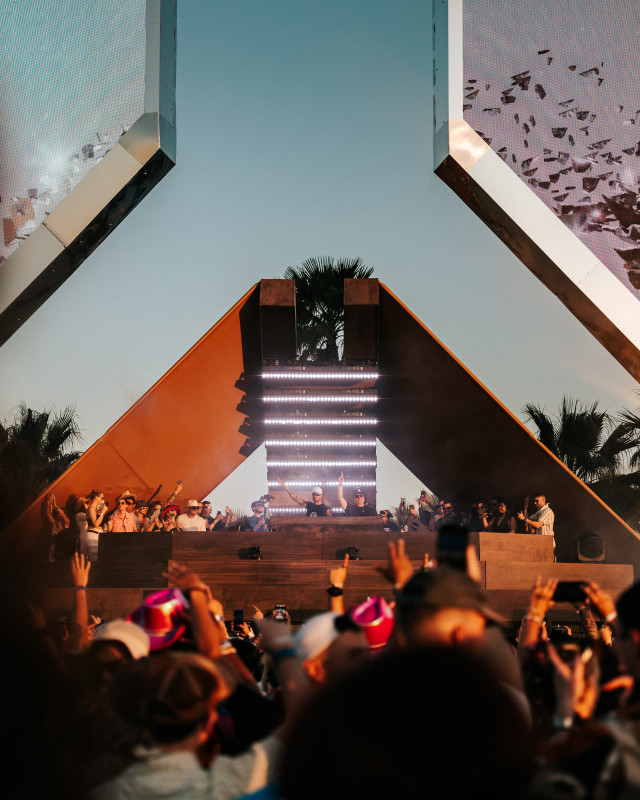
EDM.com: Can you walk us through some of the more ambitious tech specs of Quasar? Did you incorporate any groundbreaking technologies to make it stand out from past Coachella stages?
Heather Shaw: There were a few ambitious steps that we experienced during the last two months of design and execution. One was the engineering because we have the cantilever in the walls in order to create sculpture. This engineering was a challenge especially in this timeline.
Another ambitious technical spec is the integration of real-time content manipulation within the Unreal Engine. By using Prismax team's XLive tool, the visuals dynamically respond to the music being played, creating a unique and immersive audiovisual experience that stands out from past stages.
This integration means that not only can the visuals keep pace with live changes in the music, but they can also be uniquely tailored to each performance. This capability allows for a much more personalized experience for both the artists and the audience, as visuals are not just pre-programmed but are created and manipulated in real-time based on the live environment.
This technology represents a significant leap forward in live event production, combining high-end gaming technology with concert visuals to push the boundaries of what's possible at music festivals. This integration ensures that the Quasar stage offers an unparalleled sensory experience, setting a new standard for live music events at Coachella and beyond.
EDM.com: Since 2024 marks Quasar's first iteration, what does the future hold? Could it be expanded or enhanced?
Heather Shaw: As for the future of Quasar, while I don’t know the specific plans the festival has, I'm already dreaming up ways to push the boundaries even further. We've set a foundation that's rich with potential, especially in terms of audience interaction and engagement.
I'd love to explore even more elements that can interact with the audience directly, perhaps through interactive installations that respond to audience movement and energy. The idea is to not only have the audience watch the performance but to be an integral part of it.
If Coachella brings me back, I’m excited to expand on these interactive features, creating an even more dynamic and immersive experience that blurs the lines between performer and audience even more than we already have.

